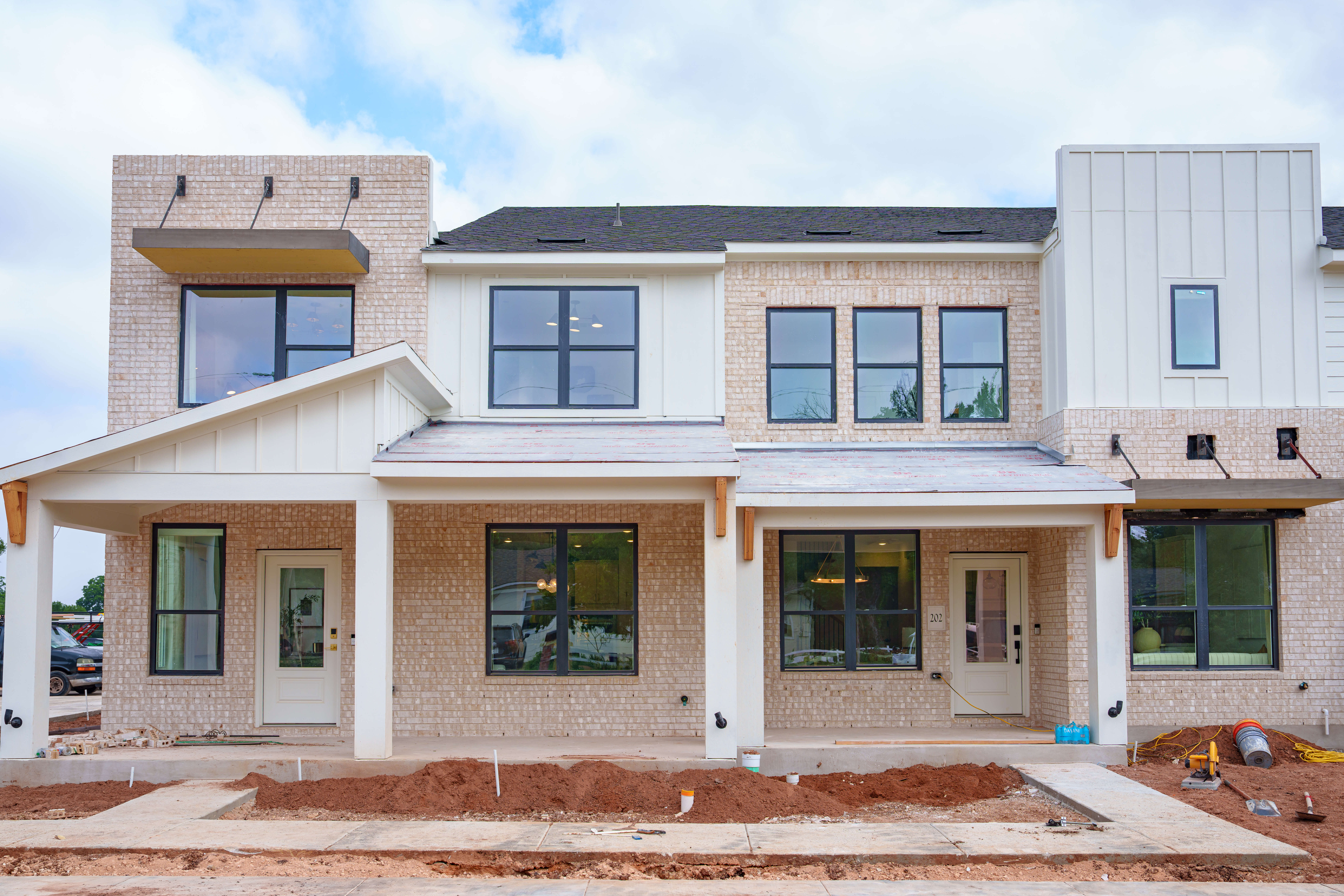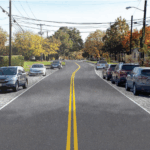The Round Rock City Council unanimously approved Oct. 12 an update of the Transportation Master Plan. The City hired HDR to assist in updating the master plan that was originally adopted in 1999.
You can view the presentation and City Council discussion and vote here.
The Master Plan forecasts to 2040 and outlines short-term, mid-term and long-term improvements over the next 23 years. The anticipated total for all projects is $1.2 billion. In addition to property tax and the 1/2 cent sales tax dedicated to roadway improvements, potential funding strategies include cost-participation with local and state partners, development impact fees, transportation reinvestment zones, public-private partnerships, chapter 380/381 economic development agreements, and Tax Increment Reinvestment Zones and Tax Increment Financing.
The City has many regional transportation partners including TxDOT and Williamson County and their respective transportation plans were integral to the update. The City transit plan was also taken into consideration.
The goals of the update are:
- Ensure the citizens of Round Rock an adequate future transportation system
- Ensure the efficient utilization of the 1997 1/2 cent sales tax dedicated to roadway improvement
- Identify major deficiencies in the existing transportation network
- Maintain the quality of life enjoyed by the citizens of Round Rock
The update comes after a lengthy public involvement process that began in September 2016. In addition to six outreach meetings held in the community, more than 1,000 responses were received to an online survey. Concerns and comments ranged from congestion on IH-35 and City roadways, to long commute times, and accidents and safety considerations.
While a few additions and minor realignments to main arterials were included in the projected thoroughfare plan, the concentration was on minor arterials and major collector alignments. The goal is to improve the connections of these smaller roads in order to move some traffic off of the main arterials. Other considerations included a crash analysis to ensure all improvements consider public safety, bicycle and pedestrian needs, and ensuring that, wherever possible, roadways maintain the hometown look and feel desired through landscape elements, sidewalk treatments and trees.







